The Perfect Parachute Ant is so effective and so versatile for me, that it’s the only terrestrial I carry in my box, most days . . .
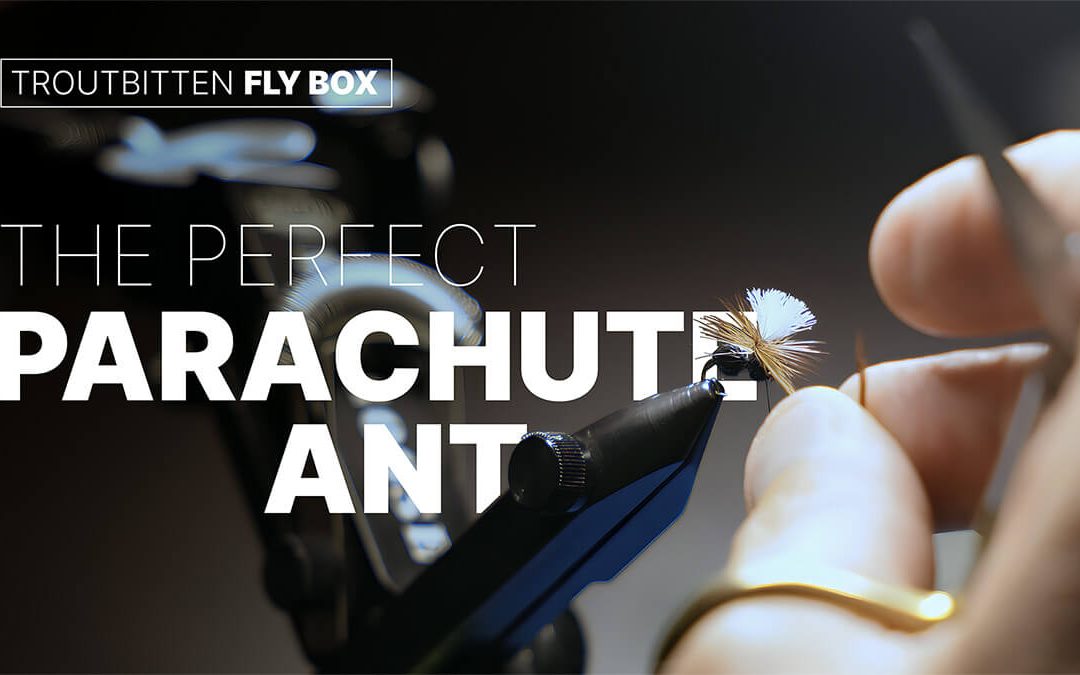

The Perfect Parachute Ant is so effective and so versatile for me, that it’s the only terrestrial I carry in my box, most days . . .
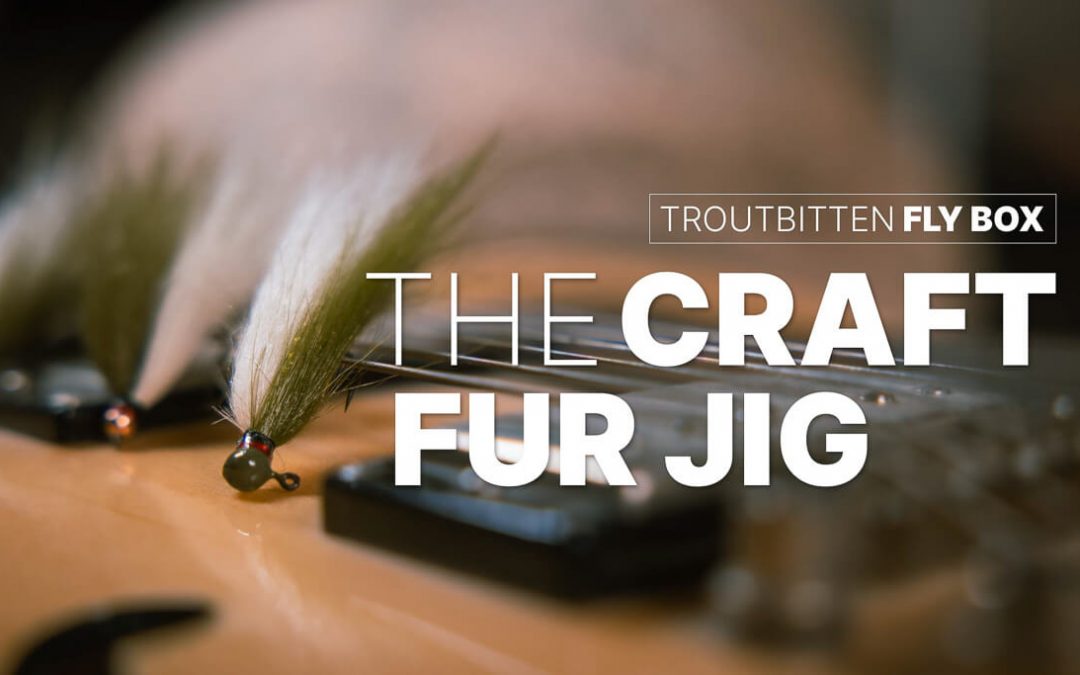
Some flies do one thing really well. Other flies are your workhorse on the water, lending solutions to river problems by being adaptable. These are the flies we reach for over and over. These are the flies we tie first and keep well stocked. This is the Craft Fur . . .
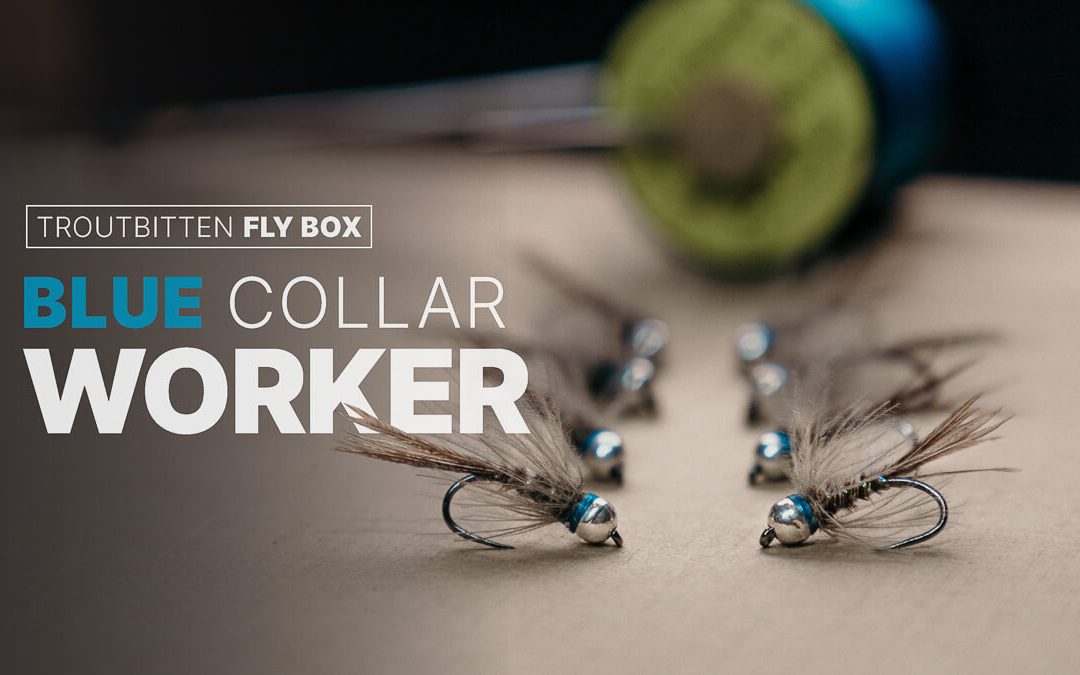
Show up on time, do your job and have a little fun while you’re at it. Then go home and do it all over again tomorrow. That’s a blue collar worker. It’s a Pheasant Tail with a CDC collar. It has a little disco for the rib and a hot spot collar. It’s simple, reliable and effective . . .
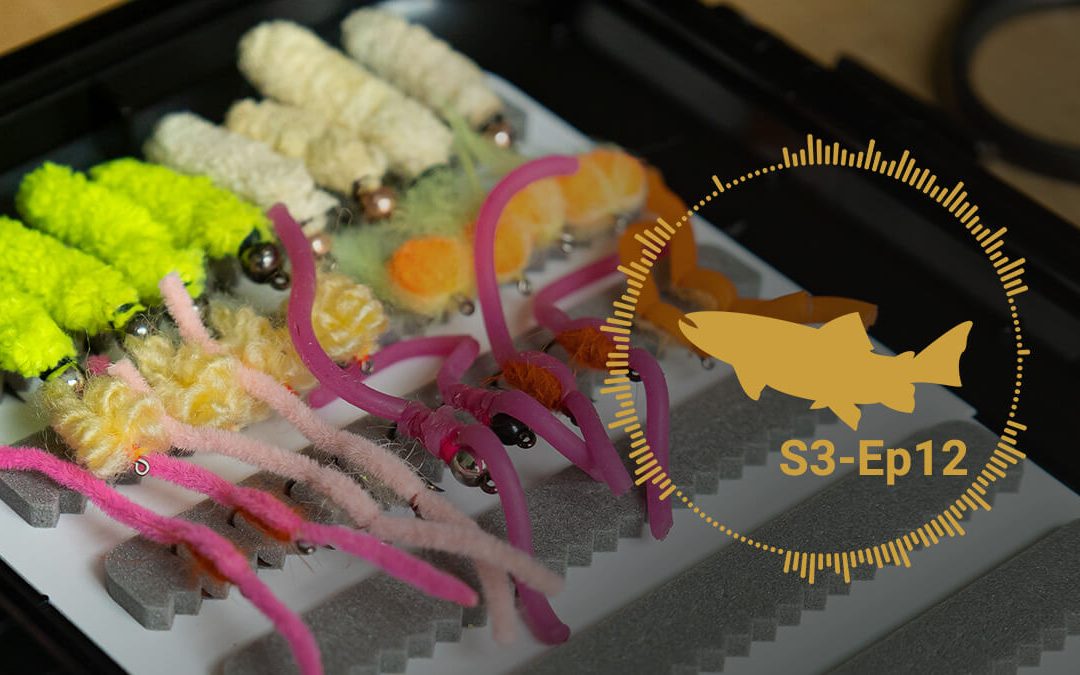
Junk flies are never a sure thing. They are simply another option to help solve the daily puzzle on the river.
You can’t just put any kind of bright, flashy materials on a hook and fool trout. There’s a reason why trout eat these flies. And there’s a reason why these patterns shine for so long and then fall off at the end of a season. There’s also a huge difference between the way stocked trout respond to some junk flies vs the way wild trout respond . . .
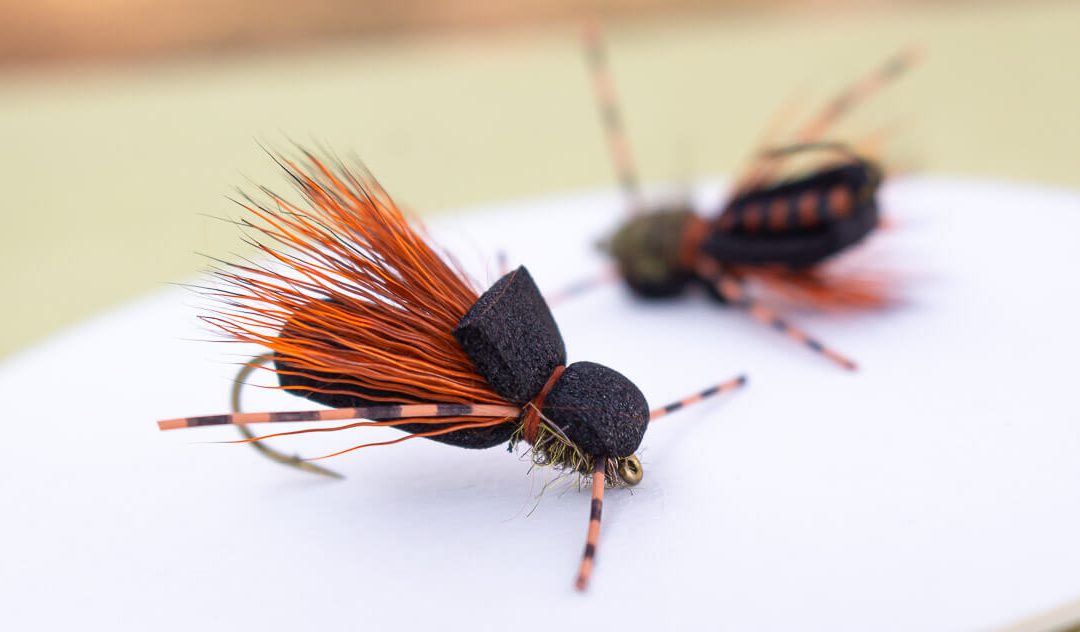
Just as the Cicada settled again, with its deer hair wing coming to rest and its rubber legs still quivering, the pool boss came to finish what he started. His big head engulfed the fly, and my patience finally released into a sharp hookset on 3X. The stout hook buried itself against the weight of a big trout . . .
Every once in a while, the mainstay beadhead nymphs in my box see a drop in productivity. Sometimes, it takes hours or even days of denial for me to accept the message. First, I try going smaller, into the #18 and #20 range, focusing on black beads and duller finishes that have mixed, mostly subpar results. Then eventually, I flip over a leaf in my fly box, where, on the backside, I have rows of natural nymphs. They carry no bead and have minimal lead wraps on the shank for weight. These are subtle, unassuming flies, and their main attraction is an inherent motion, providing a lifelike representation of the leggy critters that trout eat.
The flies are fur nymphs. And they’re the perfect change up when trout are tired of your beadheads.
When trout are sick of seeing flashbacks, sparkly dubbing, gaudy colors or rubber legs, feed ‘em fur . . .
Last night, I slumped back in my chair and away from the tying desk. It’s lit like an operating room. With three hi-wattage beams shining on one very small object from left, right and center, my eyes don’t miss much. Combine that with 2X-power readers and some steady hands, and I can turn out well crafted flies as small as you like. I have no trouble inserting details into a fly, but I’ve never approached fly tying with that kind of goal anyway.
Like most good fly tyers who are better fishermen, I learned long ago that realism in a fly is one thing to a trout and another thing to a fisherman. So I scrapped that bias and whittled my patterns down to the elements that I believe attract fish. My guiding theory on fly design is that trout are looking for a reason not to eat my fly. So I limit materials only to what’s necessary. Nothing more.
Hare’s Ear is one of those materials. Here’s why . . .
Would you believe it if I told you that jig hooks don’t change the way a nymph rides in the water? You don’t need a jig hook to invert the nymph. In fact almost all nymphs invert, especially when weighted with a bead or lead. Furthermore, nymphs built on a jig hook probably aren’t inverting the way you imagine. And how you attach the knot is much more important than the hook itself . . .
All long term anglers find a set of files to believe in. We attach a confidence to these patterns that carries over from the moment we form the knot to the hook eye. We fish better with these flies. We make them work. With more focus, we refine each drift with our best patterns. But there’s also something special about a great fly to begin with . . .
The set of flies below are built and carried as a system. There is very little overlap. Each fly does a specific job or offers the trout a certain look. I could tie a Hare’s Ear in five different colors, but I don’t. Instead, I see the flies in my box as pieces of a puzzle that lock together and fill out a whole . . .
With the jig tied in, I quickly learned that nothing rides the bottom of the river like a ball jig. It bounces, canters, pivots and tap dances around rocks and gravel like nothing else. The ball itself is the key. It allows for some very unique presentations and movements. And when you really want to hug the bottom, you can set up your rig to feel those taps, as the jig glides and scratches along the river bed.
That’s not to suggest that I constantly present a jig deep down and glued to the rocks. Not at all. But when I do want to touch the bottom, to feel the rocks, hold a position or reach into the depths with precision, a jig is the perfect vehicle. That is the key. That’s the special sauce of the jig . . .
The Full Pint is one of the only permanent additions to my streamer box in the last few years. I test a lot of patterns against my confidence lineup, and very few flies make the cut. My box of long flies covers all the bases, really. And because I’m (mostly) a minimalist, I don’t add anything that is similar to other flies that I already carry.
But the Full Pint dazzled trout at the first dance. It had a big night the first time out. Then, day after day when I set the hook on a swirl or felt the jolting stop of a large trout slam the fly in mid-strip, I marveled at the Pint’s effectiveness . . .